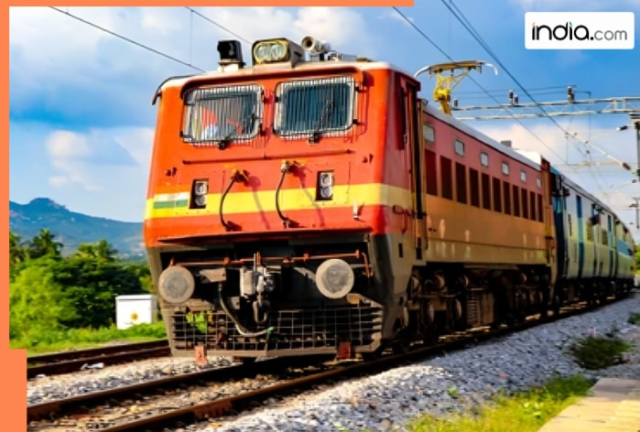On December 24, Delhi experienced moderate rainfall, intensifying the winter chill. The combination of rain, dense fog, and poor air quality has made this festive season particularly challenging for Delhiites.
New Delhi: The national capital woke up to a thick layer of fog on Christmas morning, causing significant disruptions in train services and worsening the cold weather conditions. At least 20 trains departing from the city were delayed due to poor visibility, including trains like the Mumbai Central Rajdhani Express, Dakshin Express, Duronto Express, and Jabalpur-Hazrat Nizammudin Gondwana Express.
As per the information, the delayed trains included the Mumbai Central Rajdhani Express traveling from New Delhi to Mumbai, the Durg-Hazrat Nizammudin Express from Durg to Delhi, the Dakshin Express from Delhi to Hyderabad, the Duronto Express, and the Jabalpur-Hazrat Nizammudin Gondwana Express from Jabalpur to Delhi, among others.
According to the Indian Meteorological Department (IMD), the minimum temperature in Delhi was recorded at 10 degrees Celsius, with visibility dropping to 100 meters at 5:30 a.m. The dense fog, along with persistent cold temperatures, created challenges for both commuters and railway operations.
According to Central Pollution Control Board (CPCB), the Air Quality Index (AQI) at 8 am was recorded at 333, placing it in the “very poor category.” While several areas of the national capital recorded relatively higher AQI levels, with Anand Vihar at 360, Ashok Vihar at 372, Bayana at 362, and CRRI Mathura road at 324.
For context, an AQI between 0-50 is considered good, 51-100 is satisfactory, 101-200 is moderate, 201-300 is poor, 301-400 is very poor, and 401-500 is severe.
On December 24, Delhi experienced moderate rainfall, intensifying the winter chill. The combination of rain, dense fog, and poor air quality has made this festive season particularly challenging for Delhiites. Authorities have advised travelers and commuters to exercise caution, especially those travelling from trains, as disruptions are likely to persist until visibility improves.
















































